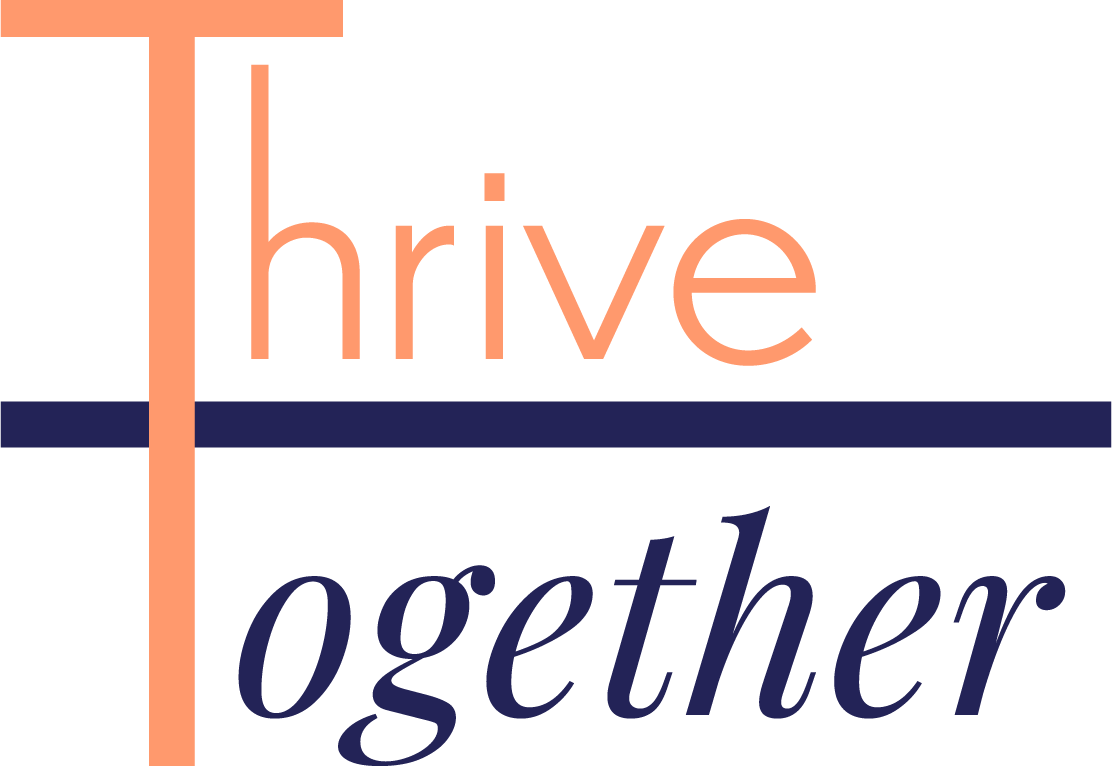The Power of Movement
Why Movement Matters
The movement, or vestibular, sense has important far-reaching connections in our nervous system and body. It supports the development of many motor areas necessary for development, including balance and coordinating both sides of the body for actions like skipping. It also taps into the part of our nervous system that influences our regulation state. Because the movement system is influenced by gravity, this sense can also influence our sense of safety and connection. Because of shared neurological connections, movement can also support the functions of the auditory system, such as communication and speech.
Ideas to Explore
Movement comes in many forms and each individual has a different comfort level - think about how we each might respond to roller coaster rides! You might explore the following types of movements -
Rhythmical movements - swinging, rocking chair, bouncing on an exercise ball, riding a bike, running
Explore movement with their head in different positions – inverted yoga positions, laying or rocking over an exercise ball, rocking forward and backwards in a seated position,
Rotational movement – rolling, spinning in an office chair, spinning while standing
Factors to Consider
Reading a person’s cues & responses is important while exploring movement activities. Exploring movement gradually can be helpful in identifying one’s comfort level. If you are noticing signs of one’s nervous system being overwhelmed (i.e., feeling nauseous, dilated eyes) you can balance out this response with calming input such as a hug or muscle activation (i.e., jumping).
If an individual has known or suspected neurological differences, such as a seizure disorder, please speak with your doctor before exploring these activities.
